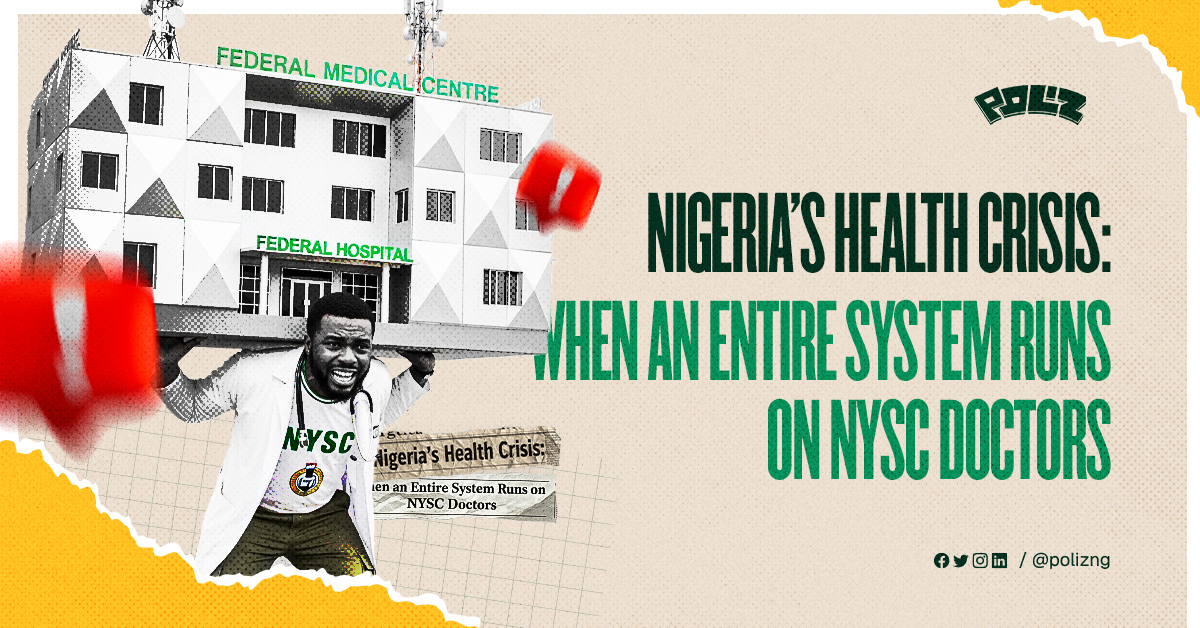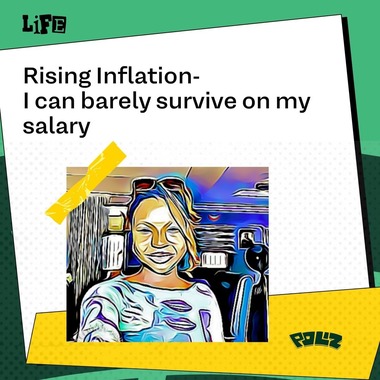Nigeria’s Health Crisis: When an Entire System Runs on NYSC Doctors
When Dr. Kelechi Ogboji died of Lassa fever during his service year in Kaduna, there were no headlines, no reforms, just another bright life lost to a system that feeds on idealism. He was one of thousands of NYSC doctors sent to crumbling facilities with no equipment, no supervision, and no hazard allowance. In a country where the only permanent thing about the health system is its crisis, their service is not national; it’s sacrificial.
In 2024, Nigeria produced about 4,000 medical doctors and 250 dentists. While the exact number who go on to partake in the compulsory National Youth Service Corps (NYSC) is uncertain, it is safe to estimate that at least 60% eventually enrol.
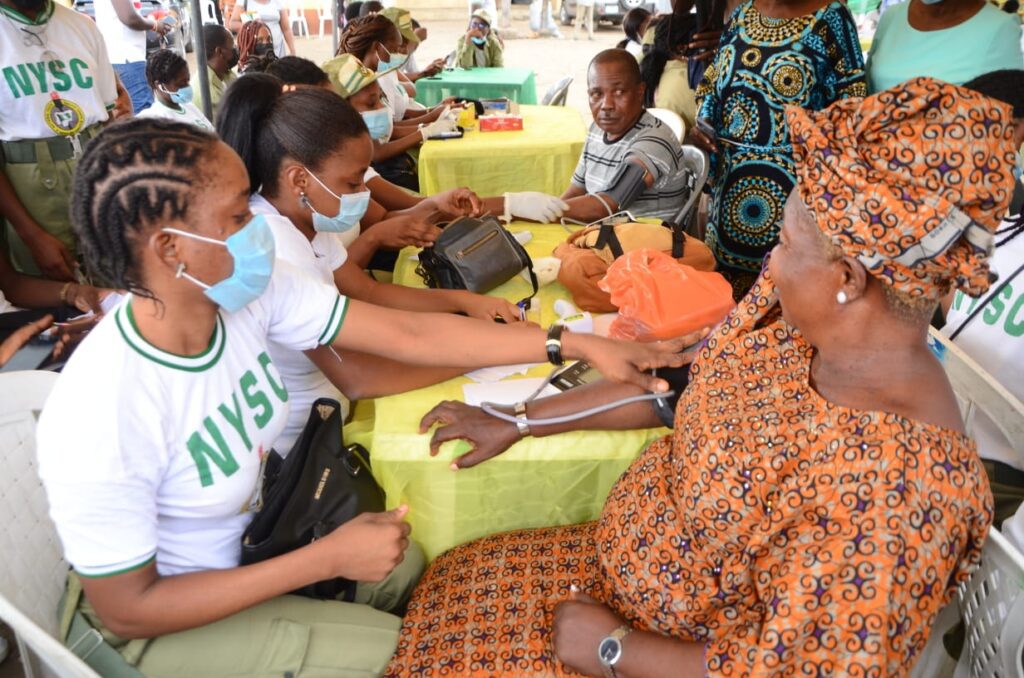
These doctors scattered across the country, from the most remote regions in Katsina to the bubbling cities of Lagos, provide essential services, especially in primary and secondary health facilities. But behind this seemingly patriotic service lies a sobering truth: Nigeria has grown dependent on these temporary, inexperienced, and underpaid doctors, and is using them to plug holes created by the chronic workforce shortage in the country.
Masking a Chronic Workforce Crisis
In many rural communities, the NYSC doctor is not a supplement to the workforce but the workforce itself. Nigeria ranks among the 37 countries with critical health workforce shortages, as contained in the World Health Organisation (WHO) Health Workforce Support and Safeguards list.
Nigeria’s doctor-patient ratio is currently 1 doctor to 9,083, far below the WHO’s recommendation of 1 per 600. This already bad statistic hides the inequity of the distribution, as most licensed physicians are clustered in urban centres, leaving rural regions relying almost entirely on FG-deployed NYSC doctors and other health personnel.
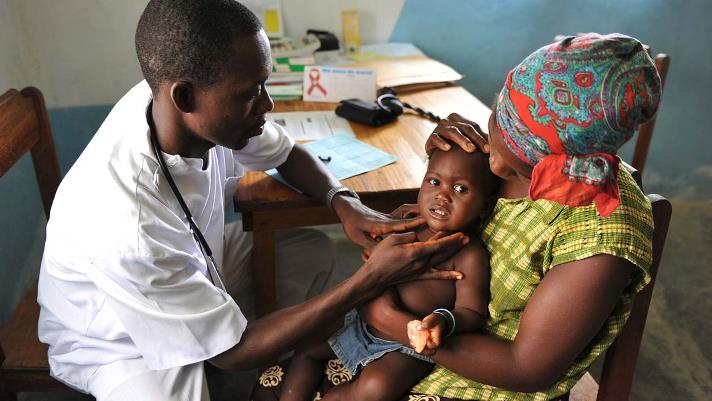
On paper, rural Primary Health Centres (PHCs) are now staffed, but in reality, the NYSC doctors are temporary and rotational. Once their service ends, the staffing gaps reappear, and these PHCs are effectively held to ransom until the next round of recruitment. The diseases and ailments, however, do not take a break. Patients will continue to fall ill, women will go into labour, and emergencies will occur daily, while the centres remain unstaffed.
This cycle also discourages the government from prioritising permanent recruitment of community-based health workers/physicians. After all, why should the government invest in hiring doctors when a fresh batch of underpaid doctors will arrive within a few weeks?
Disruptions in Patient Care
In a world that is gradually shifting its focus to patient-centred clinical care, this constant rotation undermines one of the most important elements of healthcare: continuity. This constant rotation leads to disrupted patient follow up especially for patients with chronic medical conditions like hypertension, diabetes, etc, which require stable patient-doctor relationships. Follow-up becomes fragmented, and each cycle resets that relationship to zero.
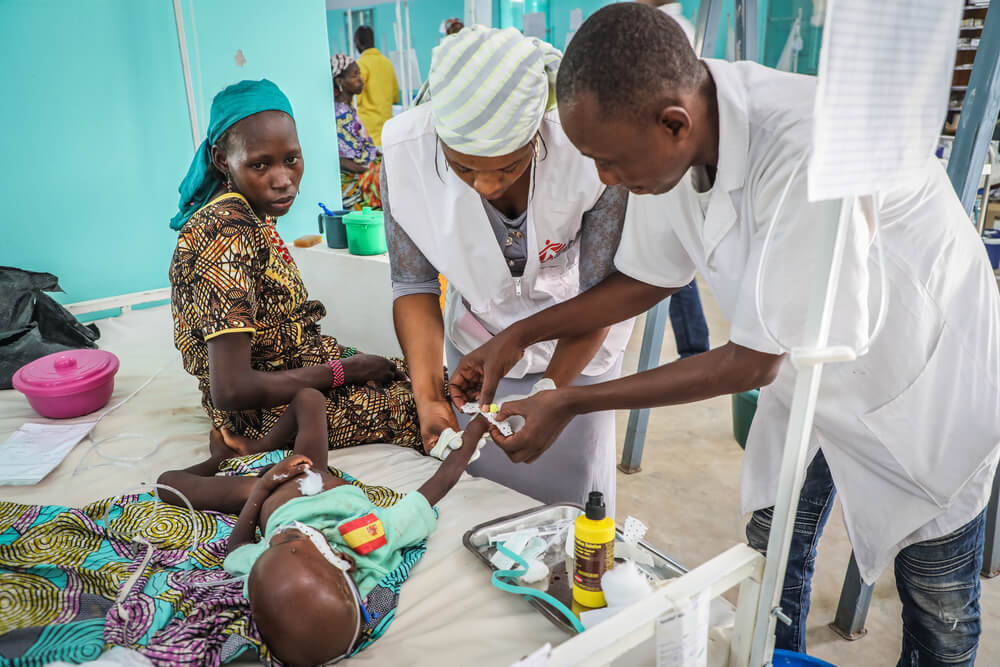
In the long run, confidence in public health facilities may become eroded, pushing patients to self-medication or unregulated private care, resulting in poorer outcomes for those communities.
Experience vs Safety: The Double-Edged Sword
There is also the question of medical experience that these doctors have in managing the variety of conditions that present in healthy facilities serving multiple communities.
NYSC doctors are often fresh medical graduates with minimal post-internship experience who, when posted to these resource-limited settings, may be the only doctor in an LGA/district (managing anything from common cold to obstetric emergencies). This creates a wide variation in the quality of care provided, and medical errors can occur.
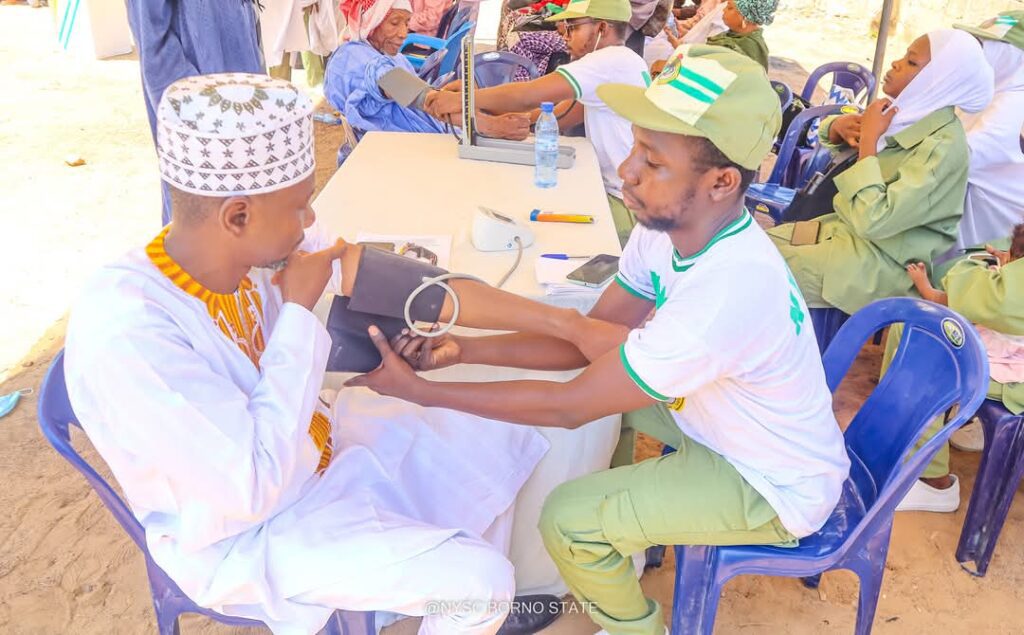
An Ethical Cost
An issue that is often overlooked is the ethical concerns surrounding the terms of employment. Many NYSC doctors are often deployed to these remote areas with no proper accommodation, equipment, or security, yet they handle the responsibility of a doctor without the attendant pay or benefits.

It is exploitative to place the burden of local health systems on these doctors. The overall effect is burnt-out doctors with low morale. This sense of disillusionment may then go on to lead these young doctors to “japa”, as the experience may cement the belief that stability and fair compensation can only be found abroad. The neglect and exploitation of NYSC doctors is not just a short-term labour issue, but an active driver of the current exodus of skilled health professionals from the country.
What Needs to Change?
Reforming this broken cycle requires both courage and political will.
First, the government must recruit permanent staff so that NYSC doctors complement, not replace, existing structures. This will ensure that they work in facilities where they can contribute and learn under the supervision of experienced professionals.
Secondly, create incentives for rural practice. If doctors are to be deployed to rural regions, create opportunities for high retention rates after service by providing competitive packages that cover housing, accommodation, and career progression.
Finally, greater accountability should be expected from local governments as regards the state of primary health care centres in their region.
A Final Word
We’re raising this topic because it doesn’t just affect doctors; it affects you and me. A weak health system run by overburdened NYSC doctors means poorer outcomes for us. Globally, countries that rely heavily on temporary or volunteer doctors are typically those in crisis or transition. Yet, Nigeria, with its abundant resources and human capital, is one of them.
Nations like Rwanda are redefining their community health systems, expanding beyond the traditional primary, secondary, and tertiary structure, and providing incentives that encourage rural retention of health workers. We can take a page from this and turn away from our reactive nature of managing problems.
If you like what you just read, don’t stop here! Follow us on Twitter and Instagram or subscribe to our newsletter to stay updated every time we share new content.
Want to take it a step further? Join our WhatsApp community and be part of the conversation in real time! Let’s keep the energy going together.
ALSO READ: How to Be an Active Citizen: Get Involved, Stay Informed!
